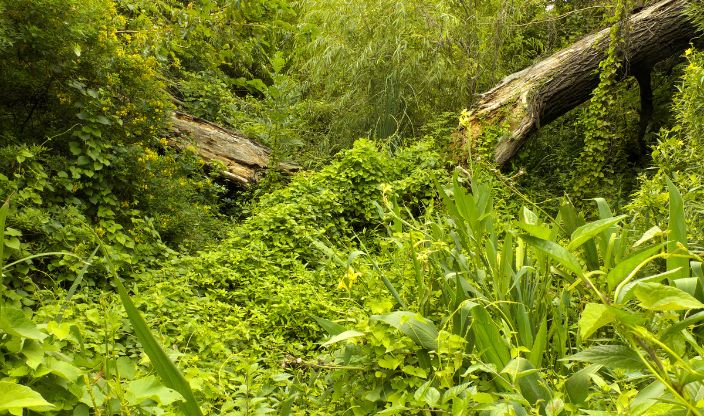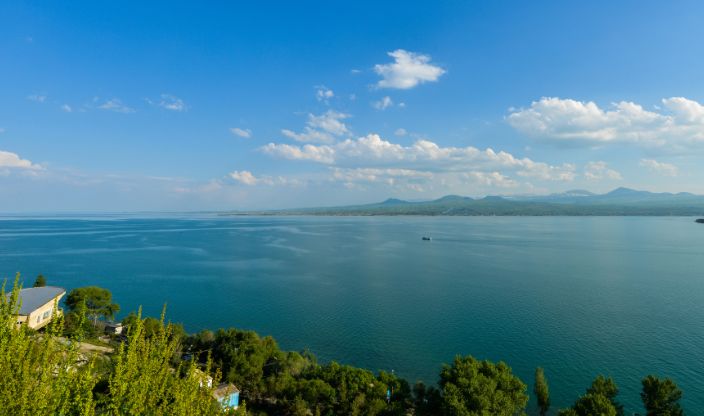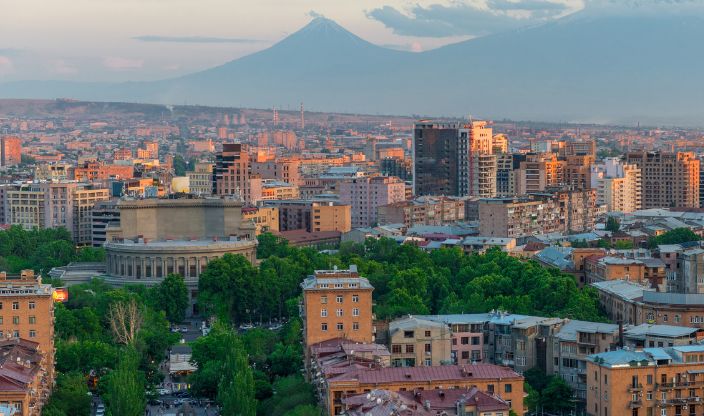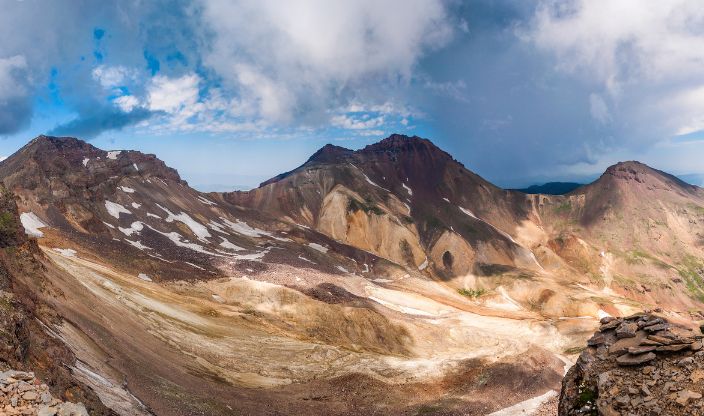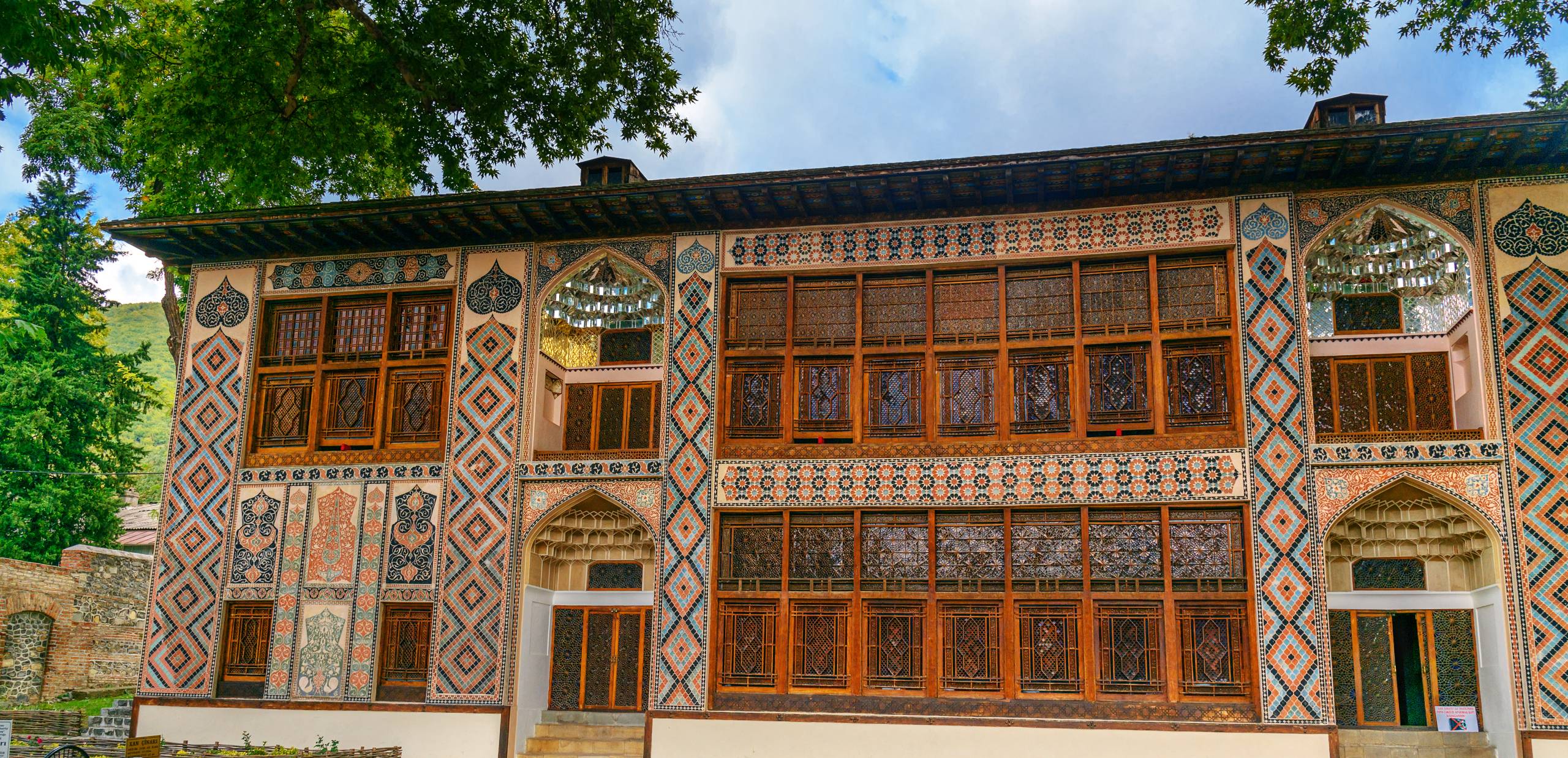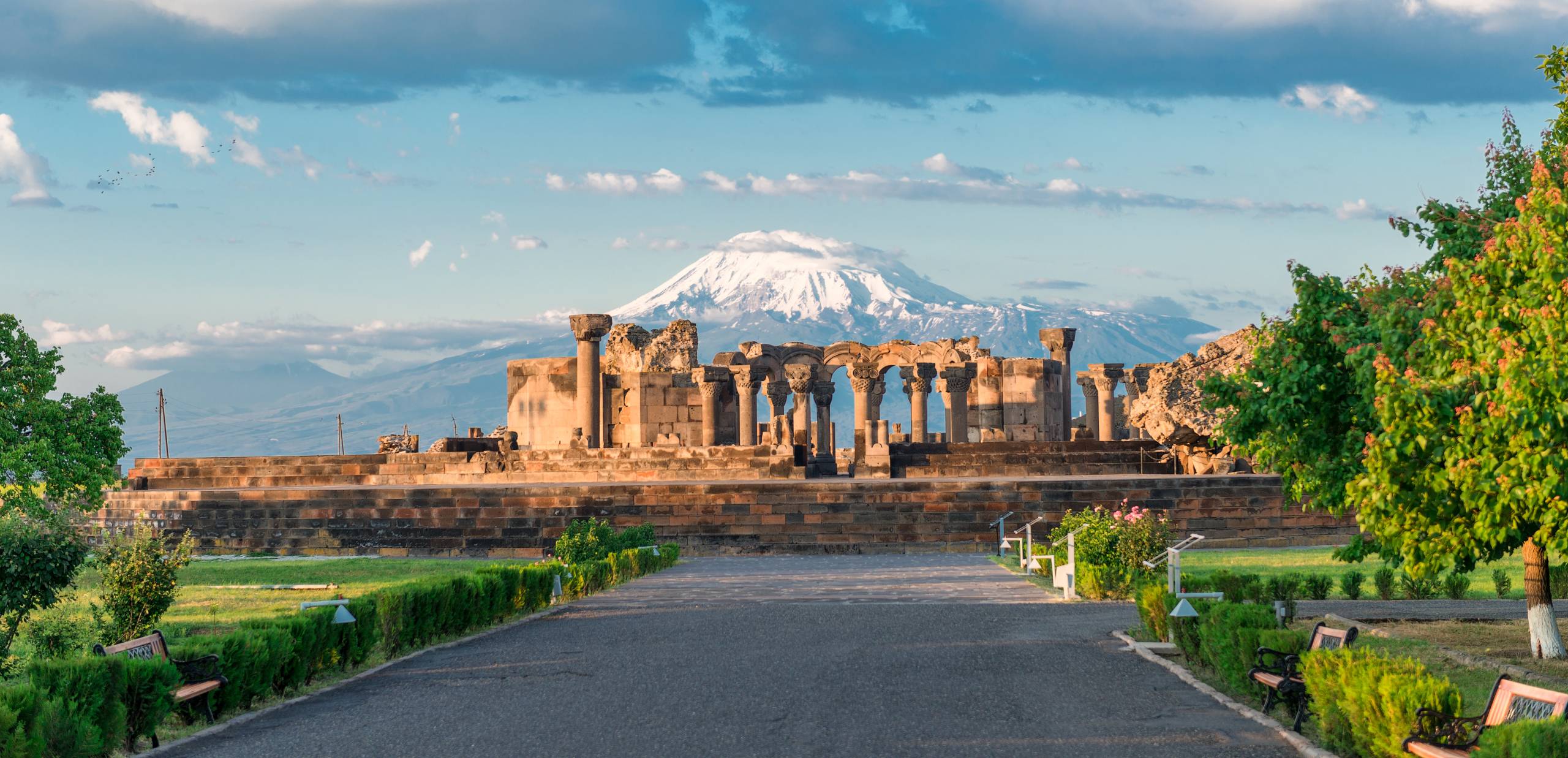Introducing Armenia
With its small size and fascinating culture, Armenia is quickly gaining popularity as a top tourist destination.
Armenia, which was the first nation to adopt Christianity as its official religion, has some of Europe’s most spectacular scenery, with Mount Ararat’s summit towering the landscape. Ararat is regarded holy by Armenians since it is mentioned in the Bible as the location where Noah’s Ark landed.
Many stunning monasteries can be found throughout Armenia, and many of them are situated in astoundingly magnificent landscapes. Yerevan, the capital of Armenia, is a stunning city filled with cafes and historic landmarks that explore the nation’s deeply rooted heritage, culture and people. Discover the charming country of Armenia for extraordinary natural beauty, impressive history and wonderfully rich cuisine.
Armenia is a landlocked country in the Middle East, bordered by Turkey to the west, Georgia to the north, and Azerbaijan to the east, and Iran to the south.
The best time of the year to visit Armenia is during the autumn season, usually September to October. Days are usually longer; the sun is still shining and there is lush greenery all around. During the months of January to February there is usually snowfall and March tends to be their rainier season. If you prefer warmer weather, then you should visit from June onwards, with average temperatures of 26C, though if you are travelling to the mountains, the temperature is cooler.
Armenian cuisine reflects the past and present of the nation. The basic foods of the Armenian cuisine include lamb, eggplant, yoghurt, and lavash, with bulgur typically taking the place of grains or wheat. Rather than relying heavily on spices, Armenian cuisine frequently depends on the quality and freshness of its ingredients to determine its flavour. Some of its key foods includes:
Dolma – Dolma is a popular dish made from a combination of ground beef or lamb, rice, herbs, and spices that are then wrapped in vine or cabbage leaves or packed with vegetables. They can be eaten hot or cold, with or without meat, and frequently served with hot Armenian lavash or pita bread on the side with a creamy yoghurt (matsun) and garlic sauce.
Basturma – Although it can be made with various meats, basturma is primarily made with beef or water buffalo. The meat is prepared by being cleaned, salted, dried, and then cooled for up to sixteen hours to eliminate moisture. The meat is then warmed and covered with a spice paste comprised of powdered fenugreek seeds, chilli powder, and chopped garlic, known as çemen. It is then dried, which can take up to a month.
Kololik – An Armenian meatball soup, the recipe consists of meatballs cooked with ground lamb, rice, onions, parsley, and spices. It is hearty and satisfying, and made with rice, potatoes, onions, tarragon, and beef stock.
Matkanash – A traditional bread made in Armenia is “matnakash.” It is made with wheat flour dough that has been sweetened and formed into an oval or circular loaf.
For over 3,000 years, the Armenians have lived in Eurasia. For a period, the kingdom of Armenia was an autonomous state and in the early fourth century A.D., it was the world’s first nation to adopt Christianity its official religion.
Armenia was integrated into the Ottoman Empire in the 15th century, which was of Muslim faith.
The Armenian genocide by the Turks began on April 24, 1915, when the Turkish government arrested and killed several hundred Armenian leaders.
Following that, innocent Armenians were driven from their houses and forced to march into the Mesopotamian desert without food or drink. They were either killed or died from the scorching heat.
The slaughter came to an end in 1918.
Armenian culture is centred around the importance of family and celebrates its heritage through the arts; from dance to music and carpet making that depicts symbols of dragons, geometric shapes and landscapes.
The Cascade, a massive limestone staircase surrounded with statues and fountains, is one of Yerevan’s family highlights. Victory Park, located at the top of the Cascade, is a huge woodland area with amusements ranging from a Ferris wheel to a boating lake and numerous restaurants. Yerevan also boasts a wonderful puppet theatre where you can occasionally watch a show. The second-highest alpine lake in the world, Lake Sevan, is a cool place to spend a few days in the summer with the family. In addition to swimming, you may go sailing, jet skiing, and windsurfing, for some activity filled excursions.
Recommended Armenia Specialists
Top Locations in Armenia
